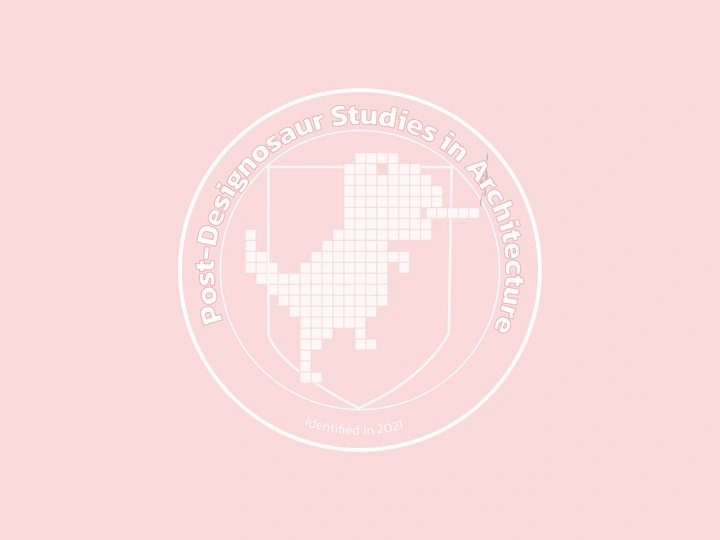Post-Designosaur Studies in Architecture

My name is Till. Since April 2022 I´m a teaching and research associate at the Institute for Building Climatology and Energy of Architecture at the TU Braunschweig. Since September 2022 I am co-curator at the Educational Platform "Anthropocene Pedagogies in Architecture". A project launched by Lidia Gasperoni with the aim to give a platform to architecture-specific and Anthropocene-anchored teaching practices and to network them.
In 2016, I graduated with a bachelor's degree in architecture from the University of the Arts in Berlin. I then spent three years working as an architect in Basel and Berlin in implementation planning. During this time I became aware of the climate crisis. From that moment on, I could no longer think of architecture without the context of the climate crisis. In order to deepen my examination of the topic of "sustainability" and architecture, I decided to pursue a master's degree in architecture at the Technical University of Berlin. There, I investigated the Anthropocene thesis through a seminar given by Lidia Gasperoni. From my exploration of the Anthropocene thesis and my questioning of contemporary architectural arguments, the story "How I Met the Designosaur" (designosaurstory.net) emerged and so did the figure of the Designosaur. The Designosaur is a reaction to the feeling that everything I had learned and practiced up to that point no longer seemed contemporary. I´m lacking the tools and words to act in this new environment. In March 2022, I submitted my master's thesis, "Post-Designosaur Studies – A Practice Between Utopia and Reality." For the past four semesters, I have been applying and developing Post-Designosaur Research Practice in a seminar at the Institute for Building Climatology and Energy of Architecture at TU Braunschweig.
What drives me is the question of contemporary design and new narratives in a present unknown to us – a new geological epoch.
We know the 11,700-year-old geological epoch of the Holocene. It is this background against which our building culture has emerged. The Anthropocene thesis discusses the end of this geological epoch and describes a radically new context of architectural design and an environment unknown to us. How can we operate in a world that is alien to us, a new geological epoch that we have caused ourselves? (cf. Anthropocene Working Group, Chthulucen (D.Haraway), Capitalocene (J.W. Moor et. al)) Post-Designosaur Studies seek practices to familiarize ourselves with this radically new environment. Operating at the intersection of natural science, cultural studies, and design practice, they aim to create fertile ground for new narratives to develop contemporary architectural arguments.
I) The Designosaur: In search of the spaces and constructions of the present, we argue on the basis of our experience, and with the vocabulary and concepts of thought, from the Holocene. The buildings that emerge in this way negate the context by which they are designed - the Anthropocene, Capitalocene, Chthulucene. They manifest such as artifacts of a past environment. The figure of the Designosaur tries to provoke a new narrative in a new environment. It questions our design culture and architectural arguments. It is a friend and our greatest enemy. Something we need to let go of, but don't yet know how.
II) Post-Designosaur Research Practice: The research practice oscillates between scientific research, narration and design process. Based on research, the findings are translated and collaged into images, graphics and drawings. Interconnections of processes in different scales, localities and temporalities emerge. Then, the research question is reviewed, sharpened, and the research process is continued. The research practice links research and design processes, using collage as the medium. The goal is not to find "the one" answer, but to develop a new contemporary view toward our environment.